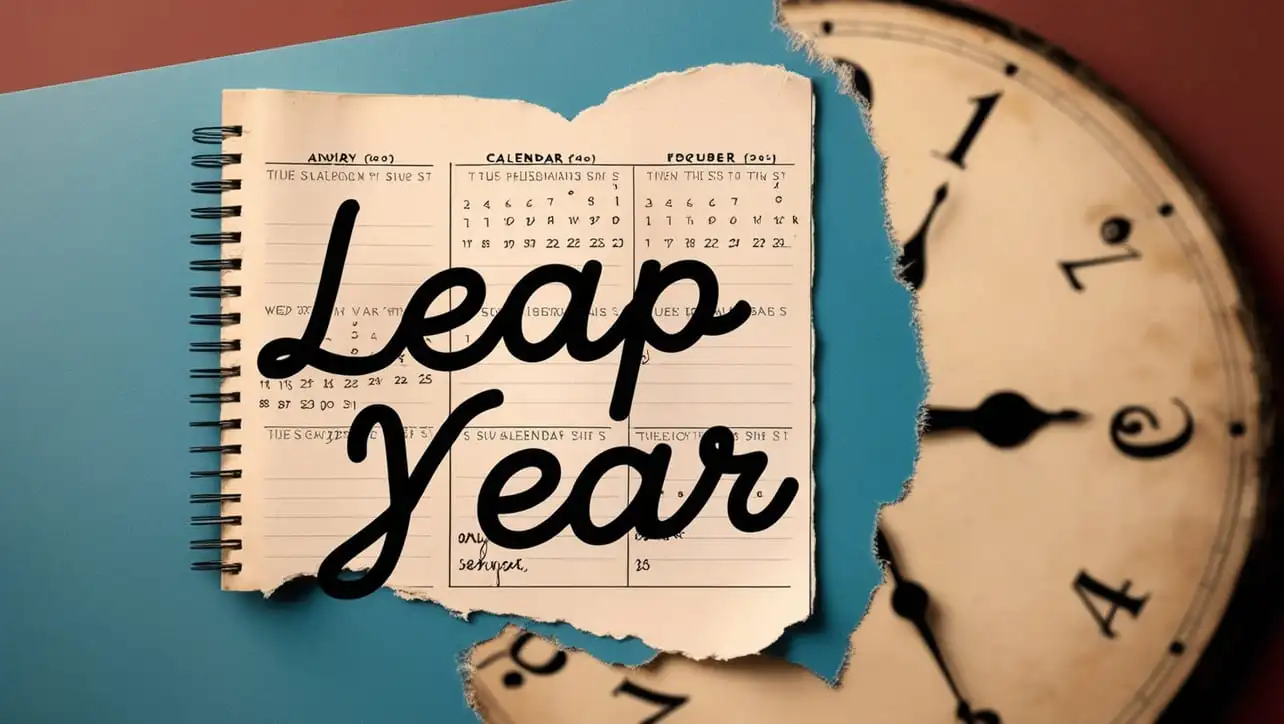
Python Topics
- Python Intro
- Python String Methods
- Python Interview Programs
- Abundant Number
- Amicable Number
- Armstrong Number
- Average of N Numbers
- Automorphic Number
- Biggest of three numbers
- Binary to Decimal
- Common Divisors
- Composite Number
- Condense a Number
- Cube Number
- Decimal to Binary
- Decimal to Octal
- Disarium Number
- Even Number
- Evil Number
- Factorial of a Number
- Fibonacci Series
- GCD
- Happy Number
- Harshad Number
- LCM
- Leap Year
- Magic Number
- Matrix Addition
- Matrix Division
- Matrix Multiplication
- Matrix Subtraction
- Matrix Transpose
- Maximum Value of an Array
- Minimum Value of an Array
- Multiplication Table
- Natural Number
- Number Combination
- Odd Number
- Palindrome Number
- Pascal’s Triangle
- Perfect Number
- Perfect Square
- Power of 2
- Power of 3
- Pronic Number
- Prime Factor
- Prime Number
- Smith Number
- Strong Number
- Sum of Array
- Sum of Digits
- Swap Two Numbers
- Triangular Number
- Python Star Pattern
- Python Number Pattern
- Python Alphabet Pattern
Python Program to Check Leap Year

Photo Credit to CodeToFun
🙋 Introduction
In the realm of programming, determining whether a given year is a leap year is a common requirement. A leap year is a year that is evenly divisible by 4, except for end-of-century years, which must be divisible by 400 to be a leap year. Checking for leap years involves implementing specific rules to validate the year.
In this tutorial, we will explore a Python program designed to check whether a given year is a leap year.
📄 Example
Let's delve into the Python code that accomplishes this task.
# Function to check if a year is a leap year
def is_leap_year(year):
# Leap year conditions
if (year % 4 == 0 and year % 100 != 0) or (year % 400 == 0):
return True # It's a leap year
else:
return False # It's not a leap year
# Driver program
# Replace this value with the year you want to check
year = 2024
# Call the function to check if the year is a leap year
if is_leap_year(year):
print(f"{year} is a leap year.")
else:
print(f"{year} is not a leap year.")💻 Testing the Program
To test the program with different years, modify the value of year in the code.
2024 is a leap year.
Run the script to check if the specified year is a leap year.
🧠 How the Program Works
- The program defines a function is_leap_year that takes an integer year as input and returns True if the year is a leap year, and False otherwise.
- The function checks leap year conditions: the year must be divisible by 4 and not divisible by 100, or it must be divisible by 400.
- Replace the value of year in the main program with the desired year you want to check.
- The program calls the is_leap_year function and prints the result.
📏 Between the Given Range
Let's dive into the python code that checks for leap years in the specified range.
def check_leap_years(start_year, end_year):
leap_years = []
for year in range(start_year, end_year + 1):
if (year % 4 == 0 and year % 100 != 0) or (year % 400 == 0):
leap_years.append(year)
return leap_years
# Set the range of years
start_year = 2024
end_year = 2050
# Call the function to check leap years
leap_years = check_leap_years(start_year, end_year)
# Output the leap years
print(f"Leap Years in the range {start_year} to {end_year}:\n{leap_years}")💻 Testing the Program
The provided code is set to check for leap years in the range from 2024 to 2050. You can modify the start_year and end_year variables to test the program with different ranges.
Leap years in the range 2024 to 2050: 2024 2028 2032 2036 2040 2044 2048
Run the script to see the leap years in the specified range.
🧠 How the Program Works
- The program defines a function check_leap_years that takes a start year and an end year as input and returns a list of leap years within that range.
- Inside the function, it iterates through each year in the specified range and checks the leap year conditions.
- Leap years are added to the leap_years list.
- The main section sets the range from 2024 to 2050 and calls the function to check for leap years.
- The result is then printed in the specified output format.
🧐 Understanding the Concept of Leap Year
Before delving into the code, let's understand the concept of leap years. Leap years are years that are evenly divisible by 4, except for end-of-century years, which must be divisible by 400 to be a leap year.
🎢 Optimizing the Program
While the provided program is effective, consider exploring and implementing alternative approaches or optimizations for checking leap years.
Feel free to incorporate and modify this code as needed for your specific use case. Happy coding!
👨💻 Join our Community:
Author

For over eight years, I worked as a full-stack web developer. Now, I have chosen my profession as a full-time blogger at codetofun.com.
Buy me a coffee to make codetofun.com free for everyone.
Buy me a Coffee












If you have any doubts regarding this article (Python Program to Check Leap Year), please comment here. I will help you immediately.